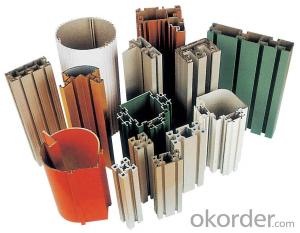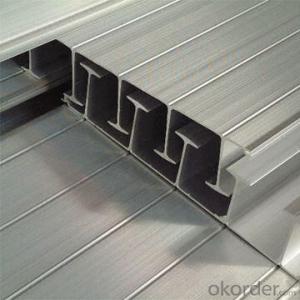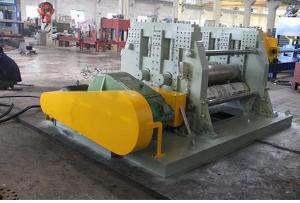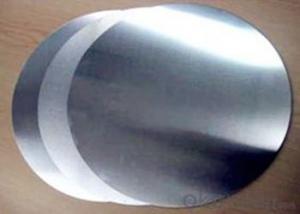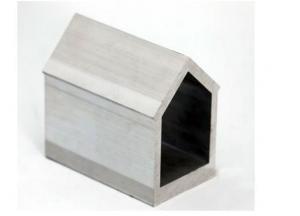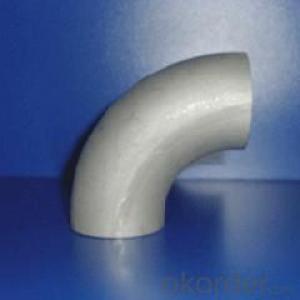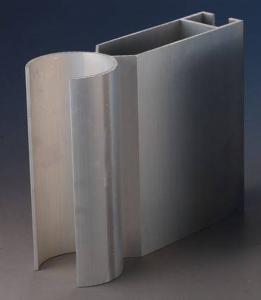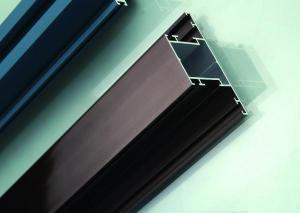Competitive Price Anodizing Aluminum Extrusion Triangle Profiles
- Loading Port:
- China Main Port
- Payment Terms:
- TT OR LC
- Min Order Qty:
- -
- Supply Capability:
- -
OKorder Service Pledge
OKorder Financial Service
You Might Also Like
Aluminium profile
1) Alloy: AA6061, AA6063
2) Temper: T5, T6
3) Series of surface treament:
1. Mill Finished
2. Anodizing: Silver, champagne, light bronze, dark bronze, black, light titanium, dark titanium.
3. Electrophoretic Coating: Silver, champagne, bronze, black, light bronze, dark bronze.
4. Electrostatic Color Powder Coating: Normal color, special color.
5. Fluorocarbon Powder Spraying: Normal color, special color.
6. Wood Grain Coating: Import paper, domestic paper.
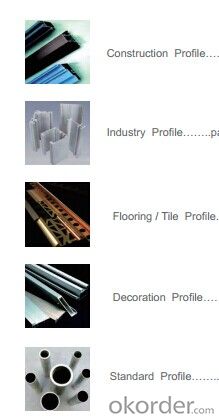
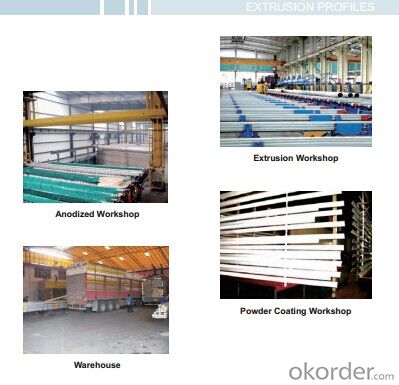
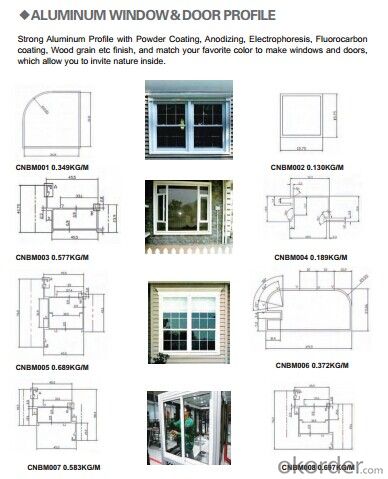
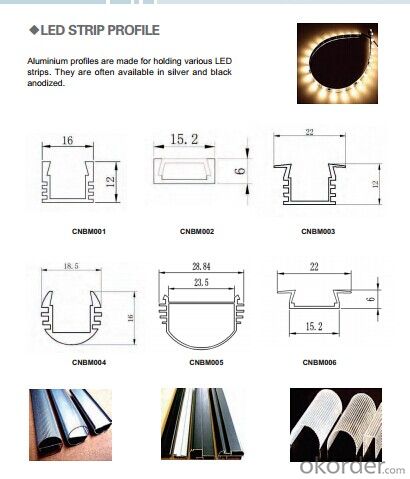
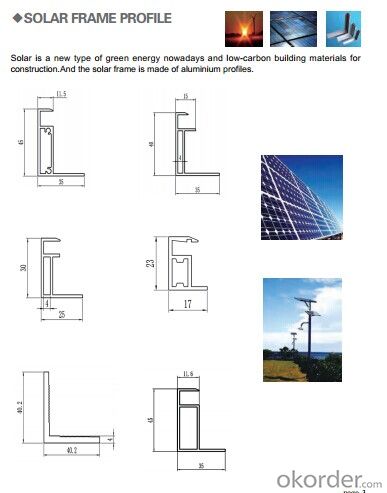
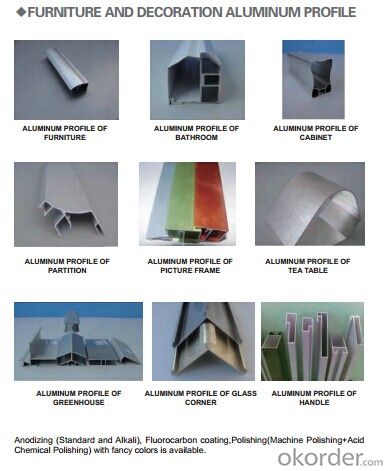
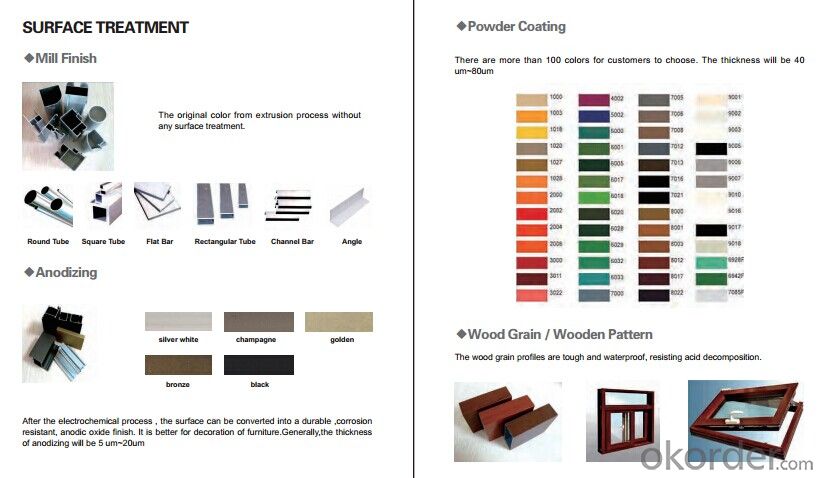
- Q: Are aluminum profiles suitable for use in exterior wall cladding systems?
- <p>Yes, aluminum profiles are commonly used for exterior wall cladding systems. They offer several advantages, including corrosion resistance, low maintenance, and durability. Aluminum profiles are lightweight, which makes them easy to install, and they can be designed to provide thermal insulation. Additionally, they can be powder-coated in various colors, offering aesthetic flexibility. However, it's important to ensure that the profiles meet the necessary standards for weather resistance and structural integrity.</p>
- Q: Are there any specific regulations or standards for using aluminum profiles in certain industries?
- Yes, there are specific regulations and standards for using aluminum profiles in certain industries. These regulations and standards vary depending on the industry and the specific application of the aluminum profiles. They are in place to ensure the quality, safety, and performance of the profiles in various industries such as construction, automotive, aerospace, and manufacturing. Compliance with these regulations and standards is essential to meet industry requirements and ensure the proper use of aluminum profiles.
- Q: Are there any limitations on the length of aluminum profiles?
- Yes, there are limitations on the length of aluminum profiles. The length of aluminum profiles is typically limited by factors such as the manufacturing process, transportation constraints, and practicality. In terms of manufacturing, aluminum profiles are usually extruded or rolled, and the length is limited by the equipment and capabilities of the manufacturer. Extrusion presses and rolling mills have certain size limitations, which determine the maximum length of aluminum profiles that can be produced. Transportation constraints also play a role in limiting the length of aluminum profiles. Longer profiles may be difficult to transport due to logistical challenges, such as the size of trucks or shipping containers. Moreover, the risk of damage or deformation during transportation increases with longer profiles. Practicality is another factor that imposes limitations on the length of aluminum profiles. Longer profiles may become less rigid and more prone to sagging or bending under their own weight, making them less suitable for certain applications. Additionally, longer profiles may be more difficult to handle and install, requiring specialized equipment and techniques. While there are limitations on the length of aluminum profiles, manufacturers can often produce profiles in various lengths to meet specific project requirements. However, it is important to consider these limitations and consult with the manufacturer to determine the feasibility of producing longer profiles if needed.
- Q: The user is inquiring about the efficiency of aluminum profile recycling in their region and seeks details on how it can be done.
- <p>Yes, aluminum profiles can be recycled efficiently in most regions due to their high value and the relatively low energy required for recycling. The process typically involves collection, sorting, melting, and recasting into new aluminum products. To recycle aluminum profiles in your region, you can check for local recycling centers or scrapyards that accept aluminum. Some municipalities also have curbside recycling programs that include aluminum. Ensure that the profiles are clean and free of non-aluminum components before recycling to maximize their value and efficiency in the recycling process.</p>
- Q: What are the surface finishes available for aluminum profiles?
- There are several surface finishes available for aluminum profiles, each offering different aesthetics and properties. Some of the common surface finishes for aluminum profiles include: 1. Mill Finish: This is the standard finish obtained directly from the mill without any additional treatment. It has a raw appearance with visible manufacturing marks and is typically used for structural applications where aesthetics are not a concern. 2. Anodized Finish: This finish involves an electrochemical process that creates a protective oxide layer on the surface of the aluminum, resulting in increased corrosion resistance and durability. Anodized finishes are available in various colors and can provide a glossy or matte appearance, making them popular for decorative applications. 3. Powder Coating: Powder coating involves applying a dry powder onto the aluminum surface and then curing it in an oven. This finish provides excellent durability, corrosion resistance, and a wide range of color options. It can also offer various textures, such as smooth, matte, or textured, allowing for customization according to specific design requirements. 4. Brushed Finish: This finish is achieved by brushing the aluminum surface with abrasive materials to create a pattern of fine lines, giving it a brushed appearance. This finish is commonly used to add a decorative touch to aluminum profiles and can offer a sleek and modern look. 5. Polished Finish: Polishing involves using abrasive materials to create a smooth and shiny surface on the aluminum. This finish can range from a high gloss mirror-like appearance to a satin finish. Polished finishes are often used in architectural applications where a reflective and visually appealing surface is desired. 6. Wood Grain Finish: This finish involves applying a special coating to the aluminum surface, mimicking the appearance of wood grain. It provides a natural and warm look, making it suitable for applications where a wood-like aesthetic is desired without the maintenance requirements of actual wood. These are just a few examples of the surface finishes available for aluminum profiles. The choice of finish depends on the intended application, desired appearance, and specific requirements such as corrosion resistance, durability, and ease of maintenance.
- Q: What are the different types of extrusion processes used for aluminum profiles?
- The manufacturing of aluminum profiles utilizes various extrusion processes, each with its own advantages and limitations. These processes are widely employed in the aluminum industry to produce a diverse range of shapes and sizes for different applications. 1. The most commonly used extrusion process for aluminum profiles is direct extrusion. It involves the use of a heated aluminum billet that is forced through a die using either a ram or screw. This results in a continuous profile with a consistent cross-section. 2. Indirect extrusion, also referred to as backward extrusion, is another method. It entails the use of a heated billet that is pushed through a stationary die using a hollow ram. The ram exerts pressure on the back of the billet, causing it to flow through the die and form the desired profile. 3. Hydrostatic extrusion is a specialized process utilized for extruding aluminum profiles with intricate shapes and thin walls. The billet is placed in a sealed container filled with a pressurized fluid, which aids in controlling the material flow and reducing the risk of defects. 4. Impact extrusion is employed to create hollow profiles. It involves striking a slug of aluminum with a punch while it is inside a die. The impact causes the material to flow around the punch and take the shape of the die, resulting in a seamless profile with exceptional dimensional accuracy. 5. Cold extrusion is a room temperature process used to manufacture aluminum profiles. A billet is placed in a die, and pressure is applied to force the material through the die. This yields a profile with enhanced strength and surface finish. 6. Hot extrusion is similar to direct extrusion, but the billet is heated to a higher temperature before being forced through the die. The elevated temperature reduces the material's strength and increases its ductility, enabling the creation of more complex profiles. The selection of an extrusion process depends on various factors, including the desired profile shape, size, complexity, and specific application requirements. Each process offers its own set of benefits and limitations.
- Q: Can aluminum profiles be utilized in high-rise constructions that incorporate large windows?
- <p>Yes, aluminum profiles are commonly used in high-rise buildings with large windows due to their strength, durability, and lightweight properties. They offer excellent resistance to corrosion and weathering, making them ideal for external applications. Additionally, aluminum profiles can be easily customized to fit various window designs and sizes, providing both aesthetic and functional benefits. Their thermal break technology also helps in reducing heat transfer, enhancing energy efficiency in buildings.</p>
- Q: Are aluminum profiles suitable for conveyor systems?
- Conveyor systems can benefit from the suitability of aluminum profiles. Aluminum, which is used in various industries due to its advantages, is both lightweight and durable. To begin with, aluminum profiles possess a favorable strength-to-weight ratio, making them perfect for conveyor systems. They can support heavy loads while remaining lightweight, facilitating easy installation and allowing for design flexibility. This attribute is particularly advantageous in conveyor systems that prioritize efficiency and ease of movement. Secondly, aluminum profiles exhibit resistance to corrosion. Unlike other metals, aluminum does not rust. As a result, the conveyor system can enjoy longevity and reliability, which is especially crucial in industries dealing with moisture or harsh environments. Furthermore, aluminum profiles offer exceptional customization options. They can be easily machined and shaped to match the specific requirements and dimensions of the conveyor system. This capability enables the creation of unique and efficient designs that ensure optimal performance and functionality. In addition, aluminum profiles possess excellent thermal conductivity. They efficiently dissipate heat, preventing potential damage or overheating to the conveyor system. This feature proves particularly beneficial in industries involving high-temperature processes. Moreover, aluminum profiles prove to be cost-effective. Although the initial investment may be slightly higher compared to other materials, the long-term benefits outweigh the costs. Aluminum requires minimal maintenance, reducing downtime and associated expenses. In conclusion, aluminum profiles are indeed suitable for conveyor systems. Their lightweight nature, corrosion resistance, customization options, thermal conductivity, and cost-effectiveness make them an ideal choice for a wide range of conveyor applications.
- Q: What's the difference between aluminum oxide and electrophoresis?
- Main features: 1 aluminum oxide) has strong abrasion resistance, weatherability and corrosion resistance. 2) can form a variety of colors on the surface of the substrate, the maximum for your requirements. 3) hardness, making it suitable for all kinds of buildings, industrial materials.Main features: 1 electrophoresis aluminum) has strong film hardness and strong impact resistance. 2) has very high adhesion of film, aging is not easy to fall off. 3) has better wear resistance, weather resistance and alkali resistance than aluminum oxide. 4) surface color is rich, beautiful, with a mirror like luster effect.Aluminum electrophoresis processing in oxidized aluminum on the basis of better quality than the oxidized aluminum chip. The price is a little better.
- Q: What are the weight capacities of aluminum profiles for shelving systems?
- The weight capacities of aluminum profiles for shelving systems can differ based on a variety of factors, including the profiles' dimensions, the shelving system's design, and the quality of the aluminum used. In general, aluminum profiles used for shelving systems can handle a substantial amount of weight. Nevertheless, it is important to acknowledge that the weight capacity of a shelving system also relies on other components like brackets, connectors, and the type of shelving material (e.g., wood, glass, or metal shelves) used. To obtain accurate weight capacity information, it is advisable to consult the manufacturer or supplier of the specific aluminum profile and shelving system. They can offer guidelines derived from their product specifications, engineering calculations, and testing. Additionally, proper installation, weight distribution, and regular maintenance are also vital factors in ensuring the overall strength and stability of a shelving system.
Send your message to us
Competitive Price Anodizing Aluminum Extrusion Triangle Profiles
- Loading Port:
- China Main Port
- Payment Terms:
- TT OR LC
- Min Order Qty:
- -
- Supply Capability:
- -
OKorder Service Pledge
OKorder Financial Service
Similar products
Hot products
Hot Searches
Related keywords
